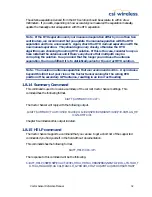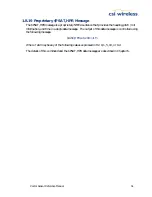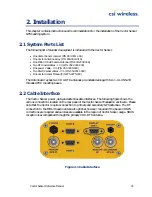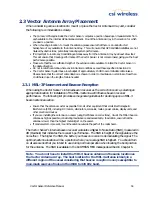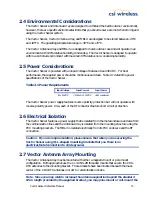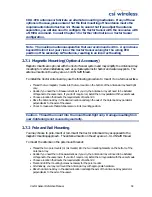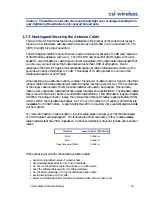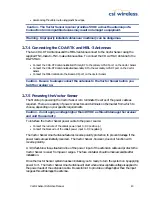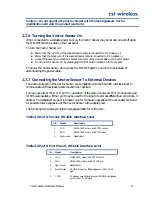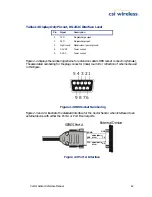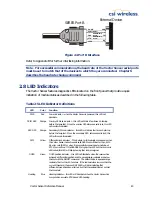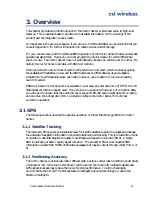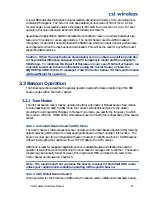
Vector Sensor Reference Manual
46
The performance of common GPS systems is affected when using older correction data, as
blockage of the line of sight to SBAS satellites is often inevitable in real world environments as are
weak beacon signals or a noisy beacon spectrum. The COAST function of the Vector Sensor
provides solace from obstruction of SBAS services and intermittent beacon reception for up to 30
to 40 minutes, depending on the amount of tolerable performance drift. After 30 minutes, our
testing has shown that the Vector Sensor This feature operates by default and is adjusted by
setting the maximum differential age as needed.
The estimated positioning precision is accessible through the use of NMEA 0183 command
responses as described in Chapter 6 (The GST NMEA data message). As the receiver is not able
to determine accuracy with respect to a known location in real time (this is traditionally performed
in post-mission analyses), the precision numbers are relative in nature and are only approximate.
3.1.3
Update Rates
The update rate of each Vector Sensor NMEA message can be set independently with a maximum
that is dependant upon the message type. Some messages have a 1 Hz maximum, for example,
while others are 5 Hz or 10 Hz. Consult Chapter 6 for further information on individual NMEA
messages.
3.2
SBAS
The following sections describe the general operation and performance monitoring of the SBAS
(WAAS, EGNOS, MSAS, and SNAS) demodulator within the Vector Sensor. SBAS are described
in further detail in Appendix A.
3.2.1
Automatic Tracking
The SBAS demodulator featured within the Vector Sensor will automatically scan and track the
SBAS satellite signals. This automatic tracking allows the user to focus on other aspects of their
application rather than ensuring the receiver is tracking SBAS correctly.
The SBAS demodulator features two-channel tracking that provides an enhanced ability to maintain
acquisition on a SBAS satellite in regions where more than one satellite is in view. This redundant
tracking approach results in more consistent acquisition of a signal when in an area where signal
blockage of either satellite is possible.
Since SBAS broadcast at L-band frequency, a line of sight to the SBAS satellites is required in order
to acquire the signal.
3.2.2
SBAS Performance
The performance of the SBAS receiver is described in terms of a bit error rate (BER). It indicates
the number of unsuccessfully decoded symbols in a moving window of 2048 symbols. Due to the
use of forward error correction algorithms, one symbol is composed of two bits. The BER value
for both SBAS receiver channels is available in the RD1 NMEA data message described in detail in
Chapter 6.

